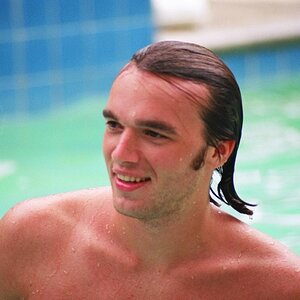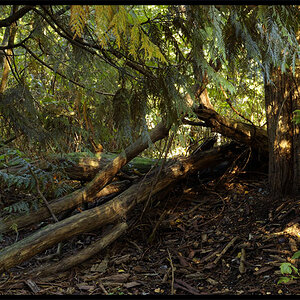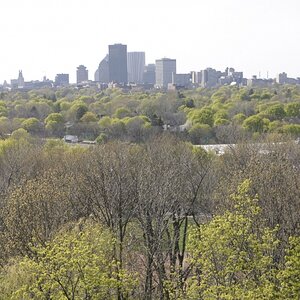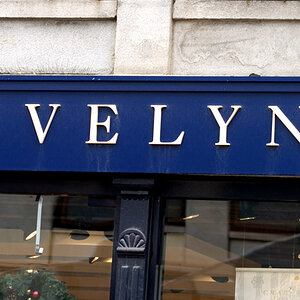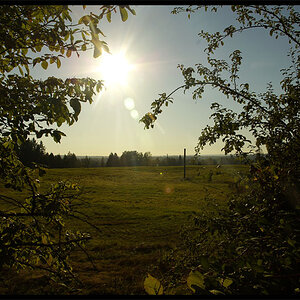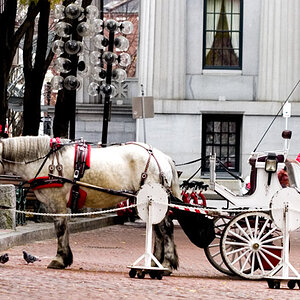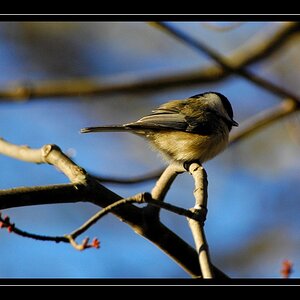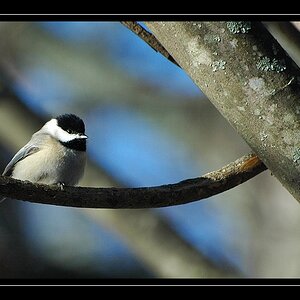Robin Usagani
Been spending a lot of time on here!
- Joined
- Jun 6, 2010
- Messages
- 10,347
- Reaction score
- 2,174
- Location
- Denver, CO
- Can others edit my Photos
- Photos OK to edit
First, I just want to make a public apology to several people on this forum. I probably missed a few names... infidel, solarflare, greybeard. I was misguided a long time ago and just believed what I was told. I did a test a long time ago and something was messed up on the test.
Now I do a new test. I only use 1 camera, which is a full frame canon 5D II with 2 lenses: Canon 35 f/1.4L and Sigma 20 f/1.8. A crop sensor is pretty much a full frame and you crop the out the outer edge. So pretend I have a 1.75X crop factor (35/20). I set the camera on a sturdy tripod. I first shot it with the 35, then change it with all the same setting with the 20. I think this is a much better test because I can make sure the camera doesn't move at all instead of replacing the camera with a crop sensor.
Here is what I have on the 35
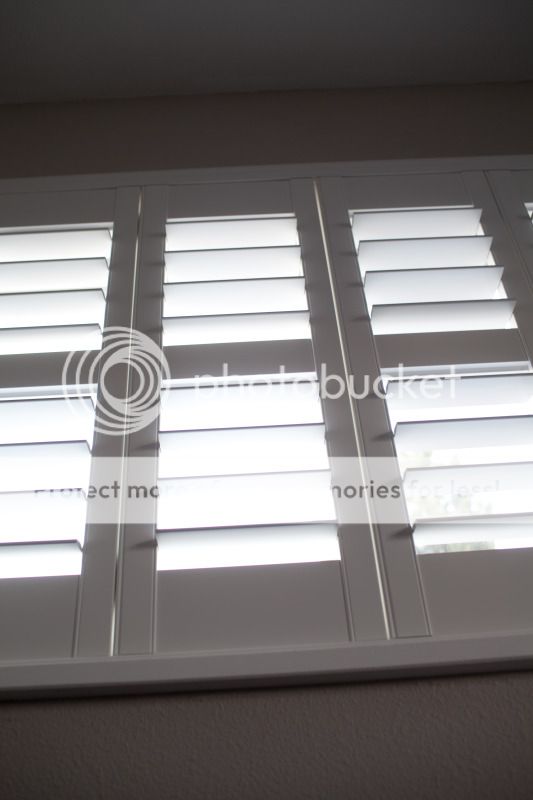
Here is what I have on the 20

I put a red tint on the 35 image so I can see the difference. I pasted it to the 20mm image on another layer and set the opacity to 50%. I then shrink the image and try to line it up. In theory, I pretty much used a 1.75X crop factor camera. And the result? Perfectly lined up.
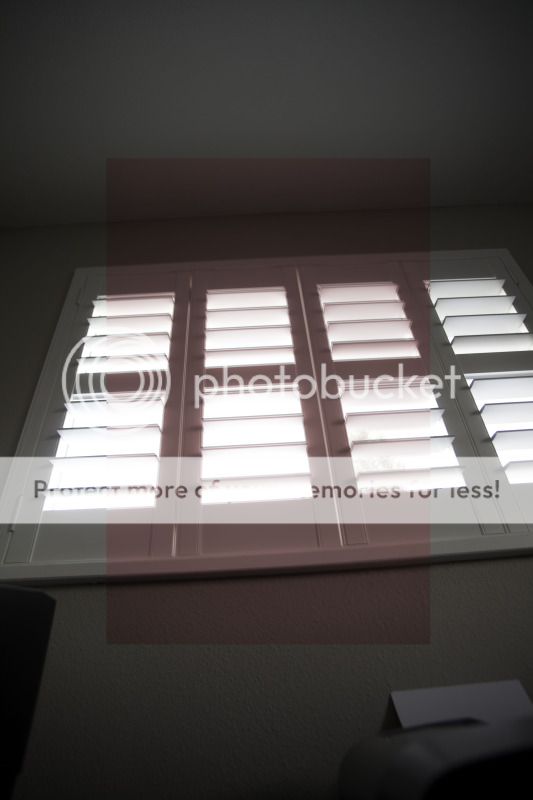
In summary.. yes.. using a wider angle on a crop sensor will generate the same Field of View as a full frame with longer lens (shorter lens X crop factor). The only difference is the Depth of Field. Since the two lenses have the same distance to the focus point, the wider angle will always have deeper depth if both are shot with the same aperture. Enjoy! I did this at 530AM before going to work! I couldn't sleep thinking about it!
Now I do a new test. I only use 1 camera, which is a full frame canon 5D II with 2 lenses: Canon 35 f/1.4L and Sigma 20 f/1.8. A crop sensor is pretty much a full frame and you crop the out the outer edge. So pretend I have a 1.75X crop factor (35/20). I set the camera on a sturdy tripod. I first shot it with the 35, then change it with all the same setting with the 20. I think this is a much better test because I can make sure the camera doesn't move at all instead of replacing the camera with a crop sensor.
Here is what I have on the 35

Here is what I have on the 20

I put a red tint on the 35 image so I can see the difference. I pasted it to the 20mm image on another layer and set the opacity to 50%. I then shrink the image and try to line it up. In theory, I pretty much used a 1.75X crop factor camera. And the result? Perfectly lined up.

In summary.. yes.. using a wider angle on a crop sensor will generate the same Field of View as a full frame with longer lens (shorter lens X crop factor). The only difference is the Depth of Field. Since the two lenses have the same distance to the focus point, the wider angle will always have deeper depth if both are shot with the same aperture. Enjoy! I did this at 530AM before going to work! I couldn't sleep thinking about it!
Last edited:


